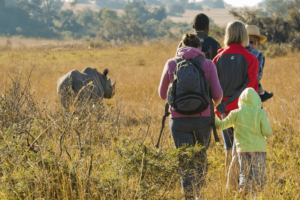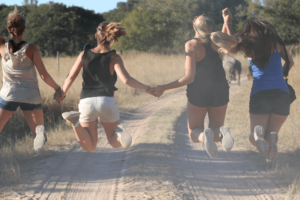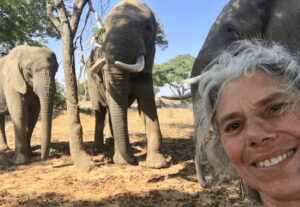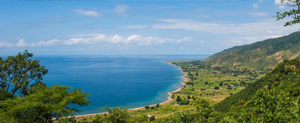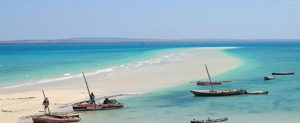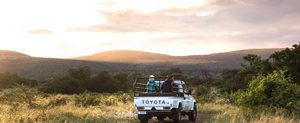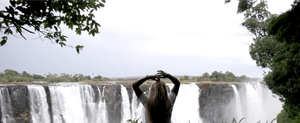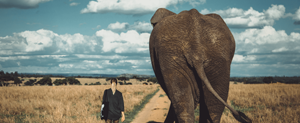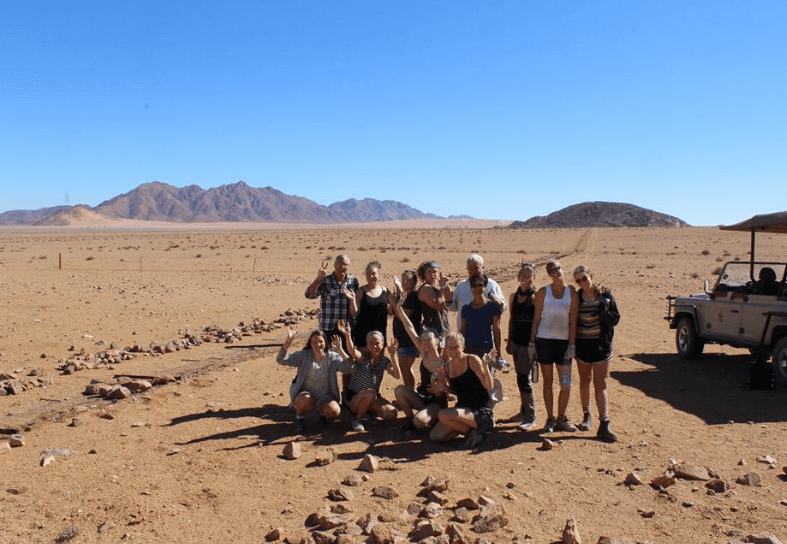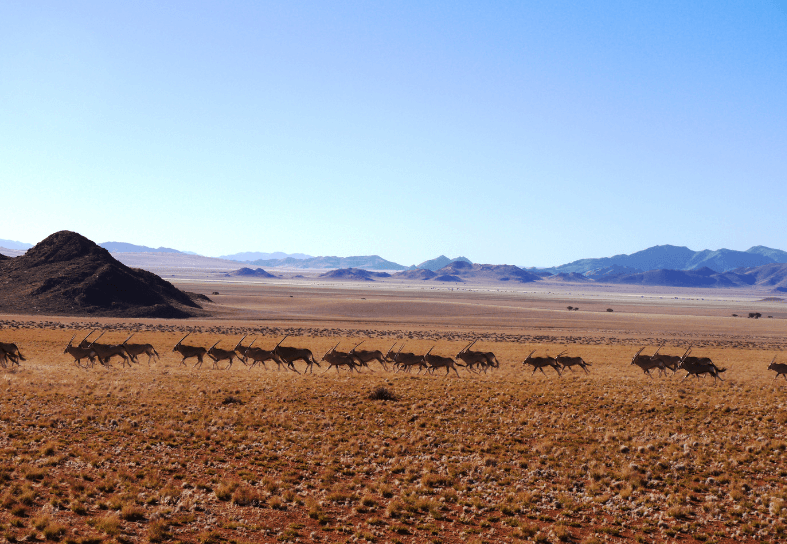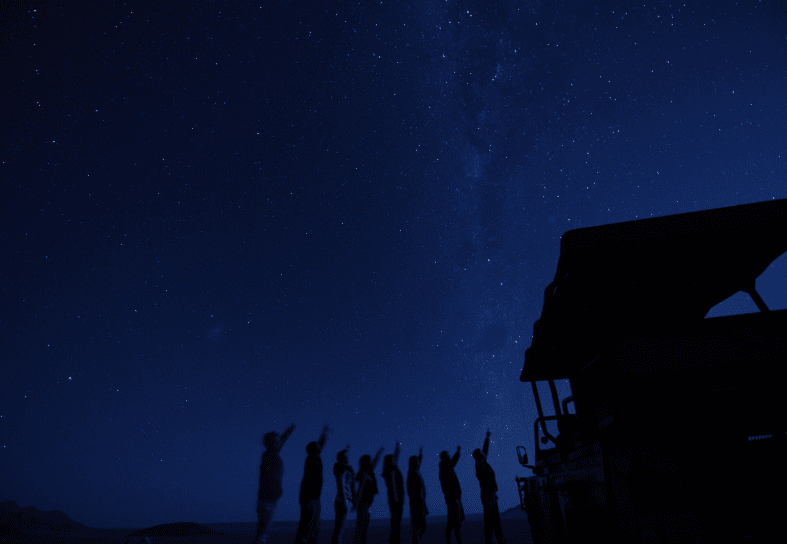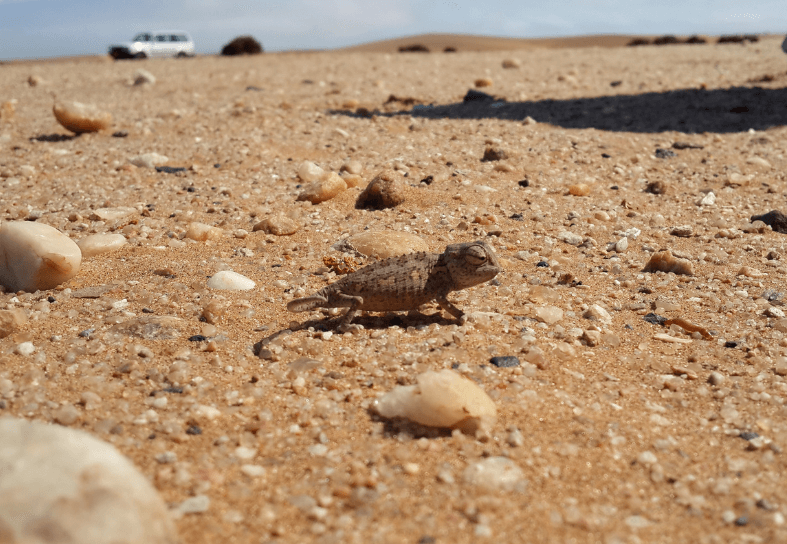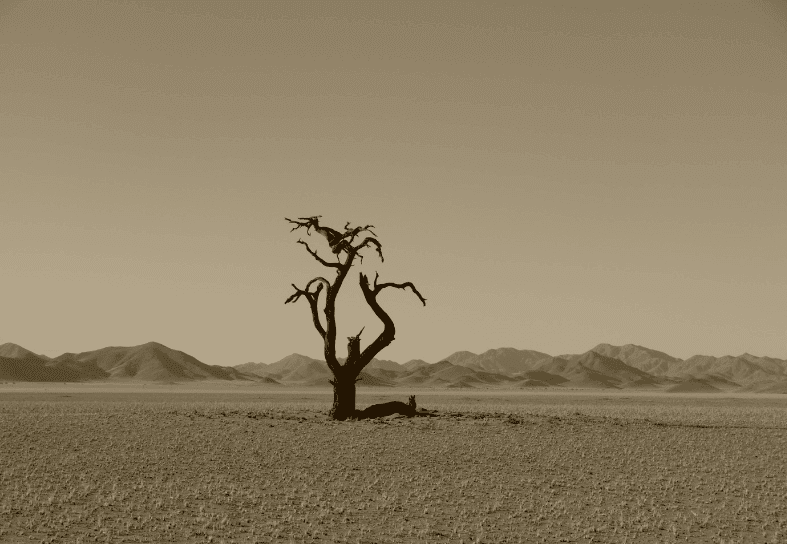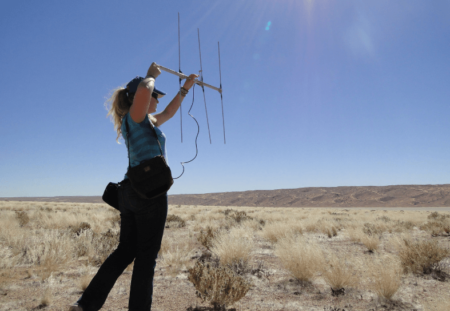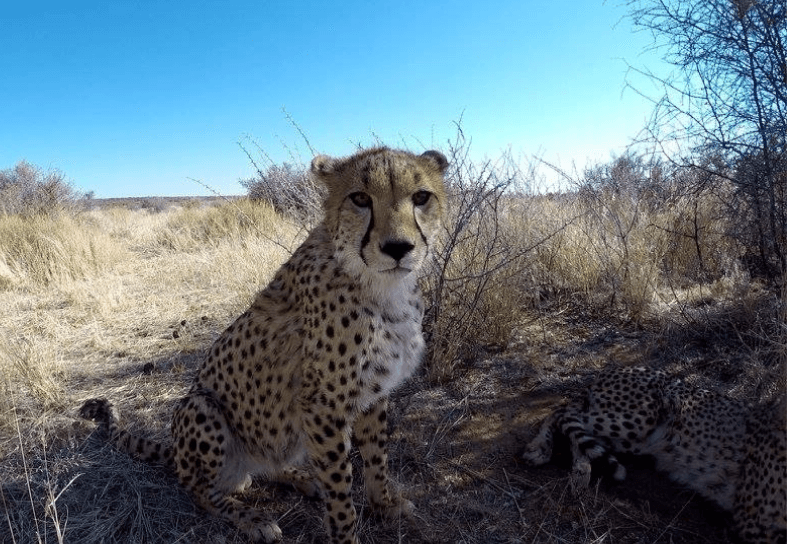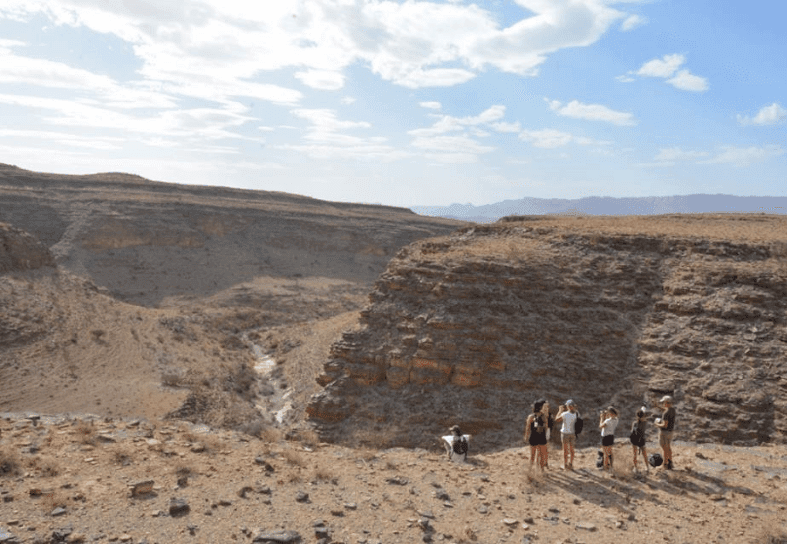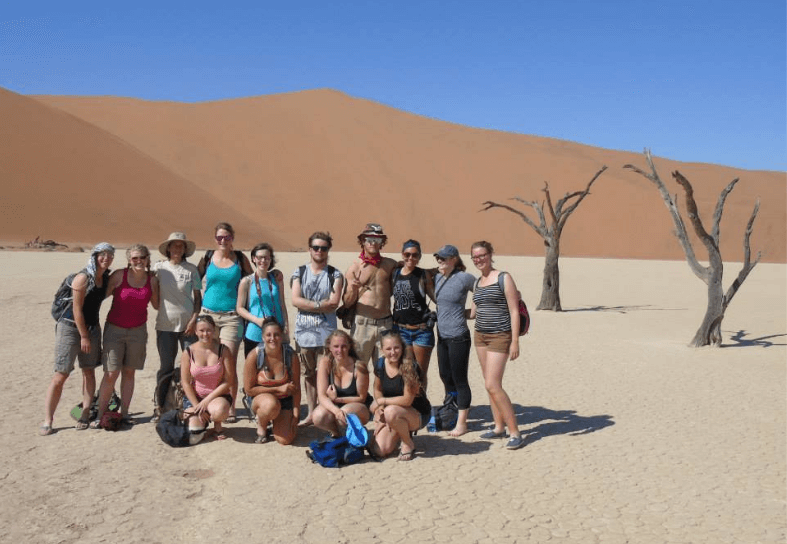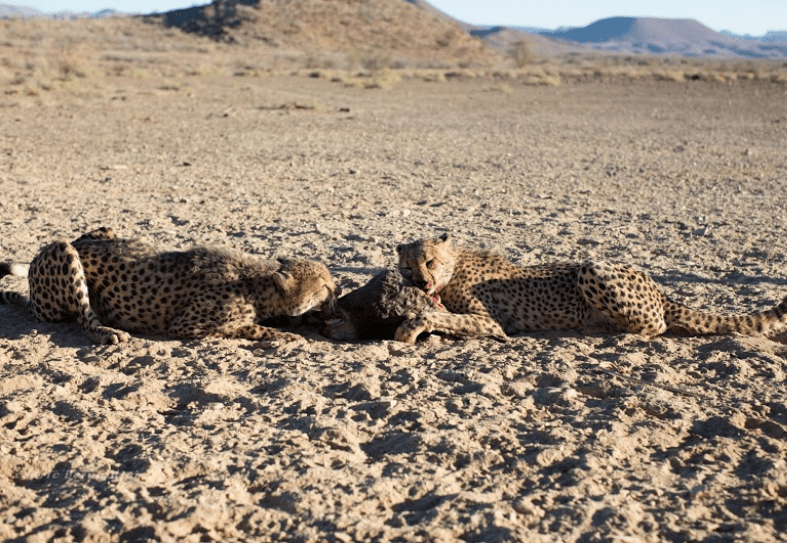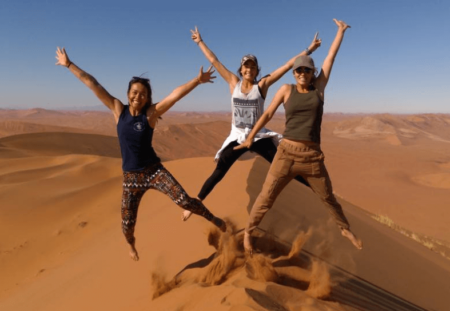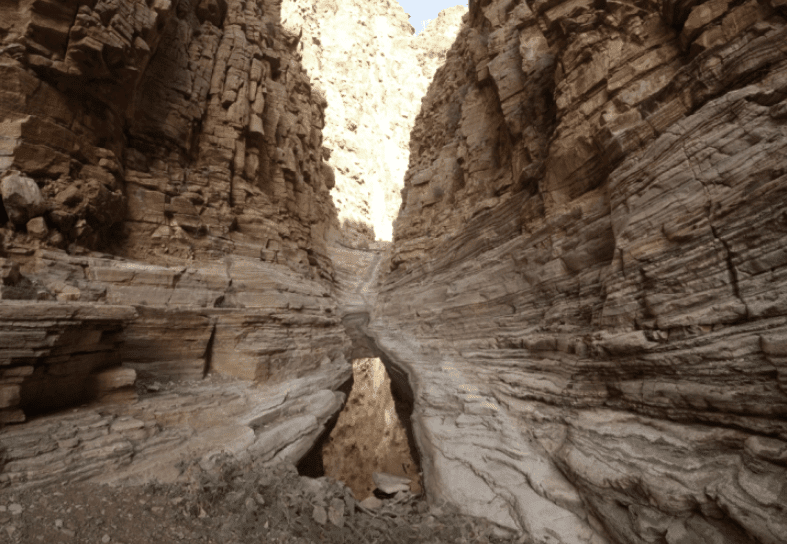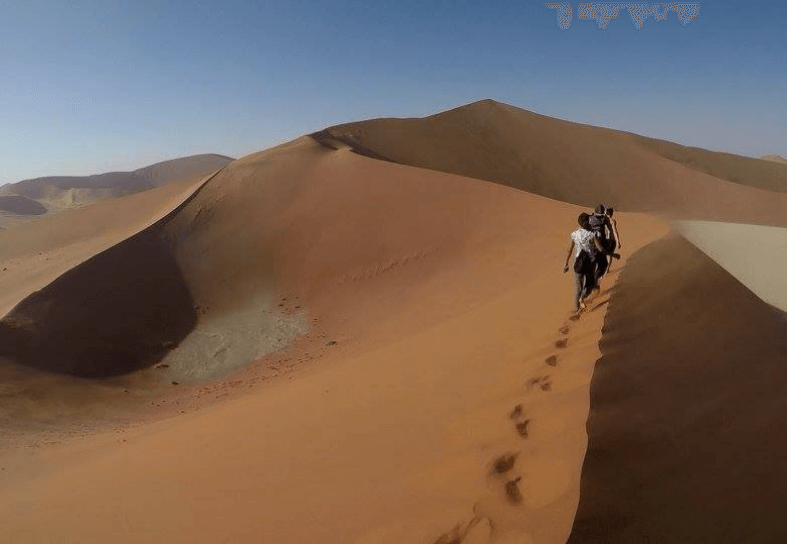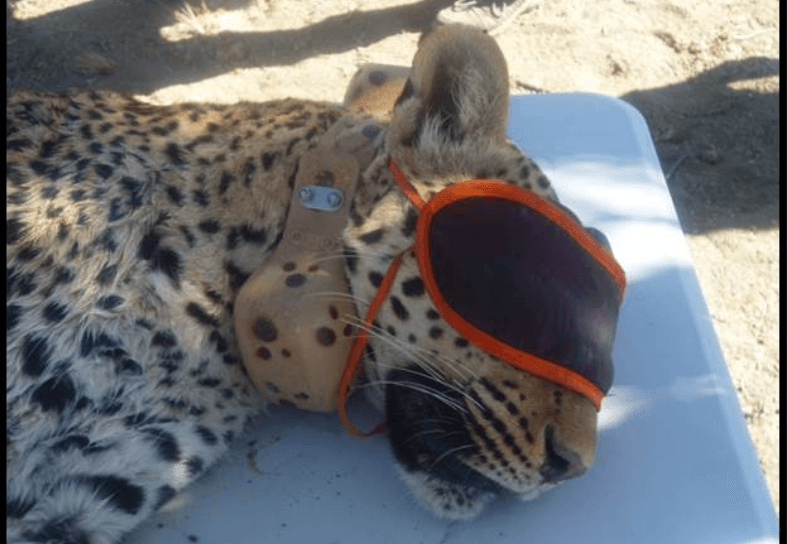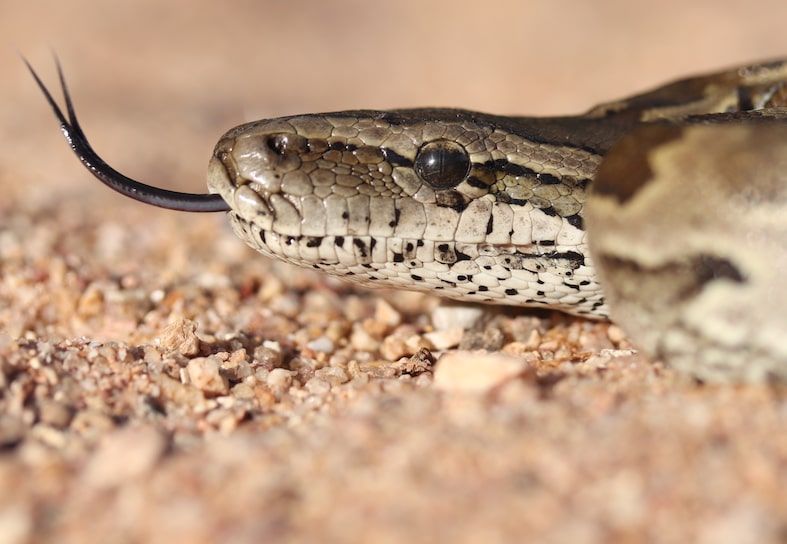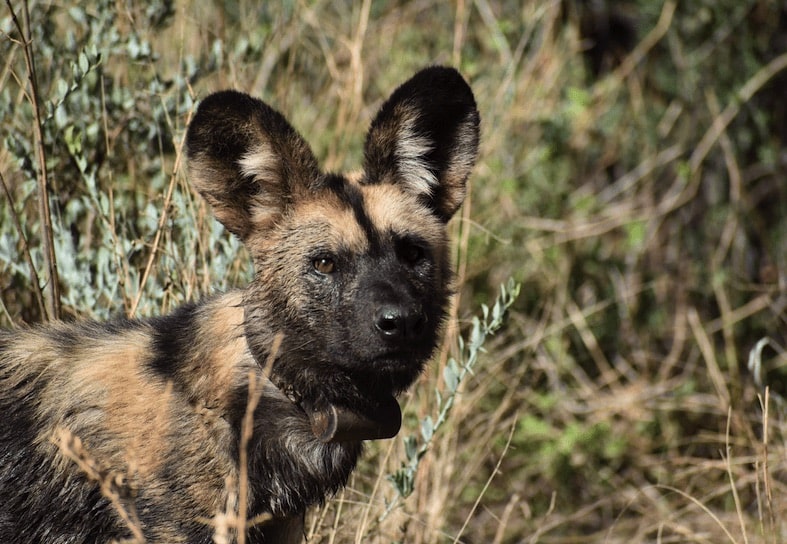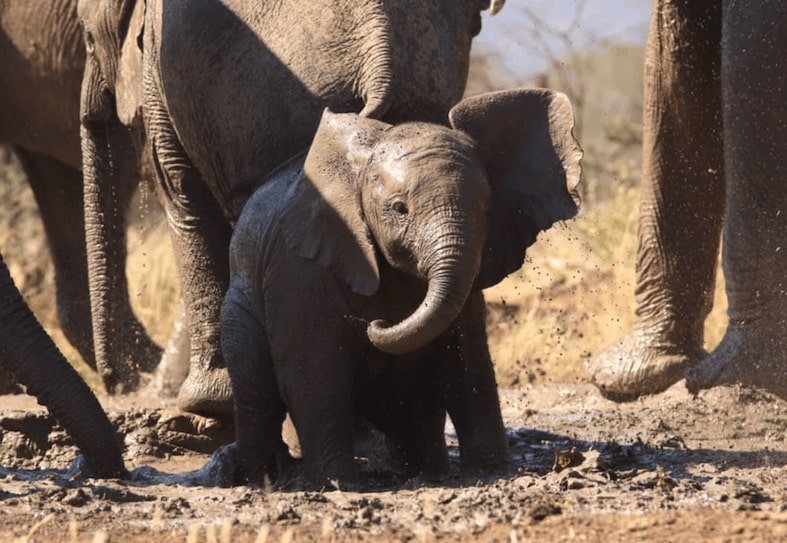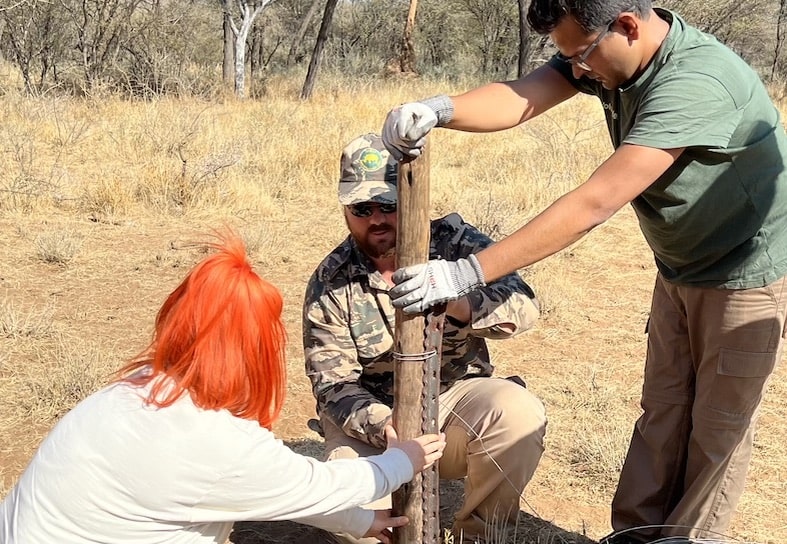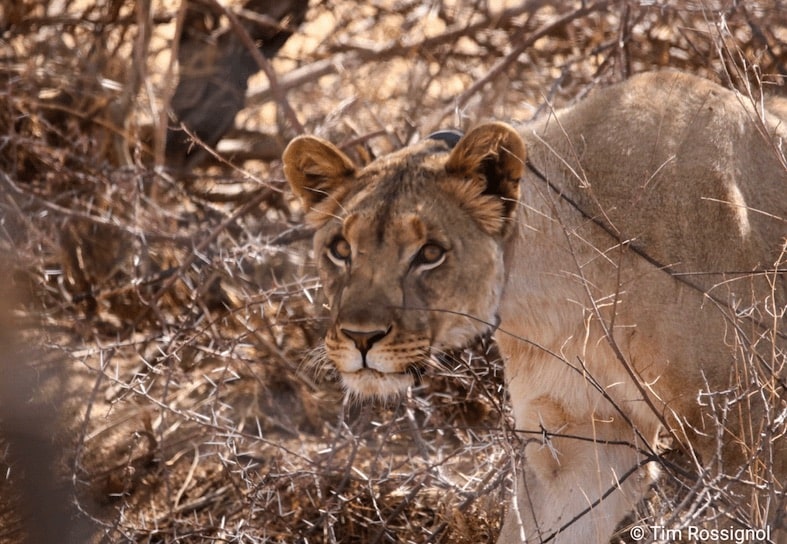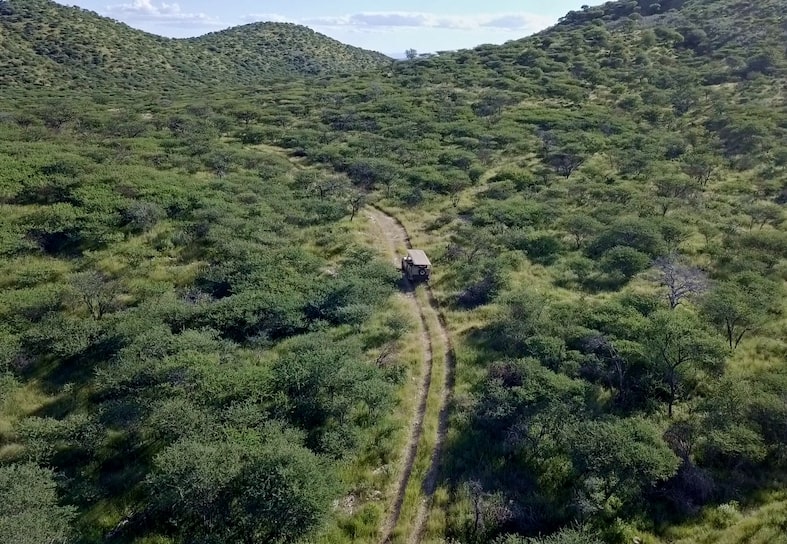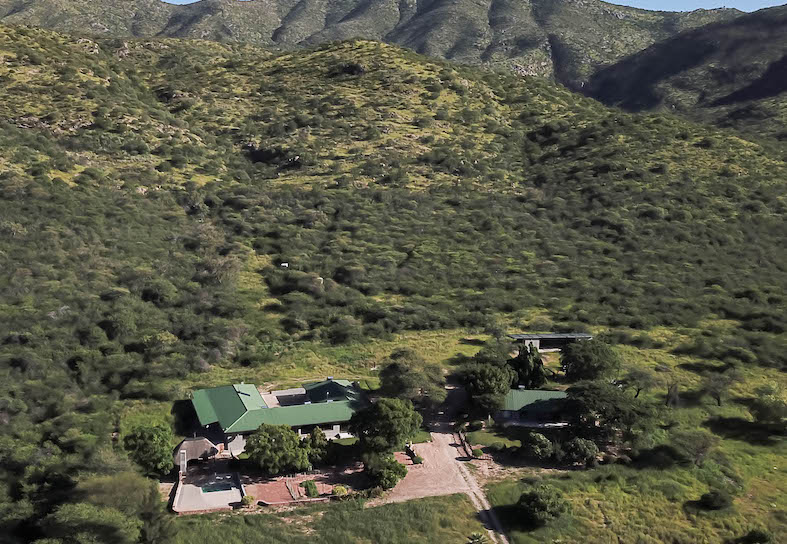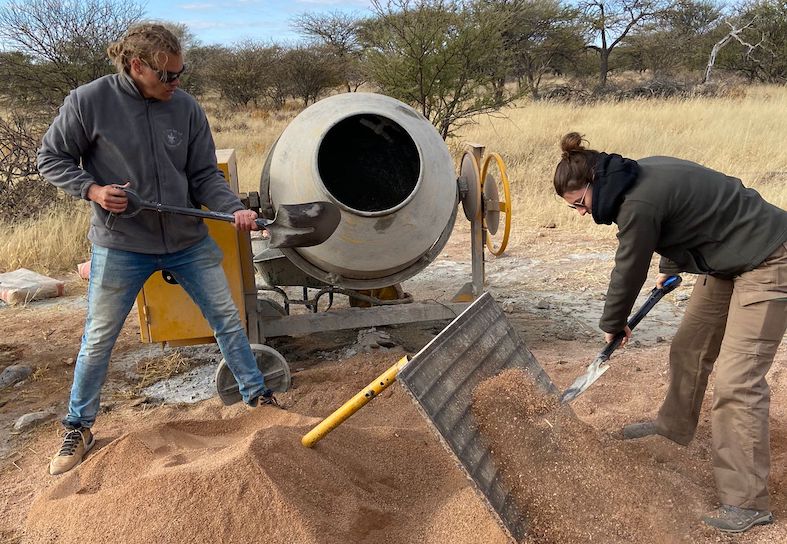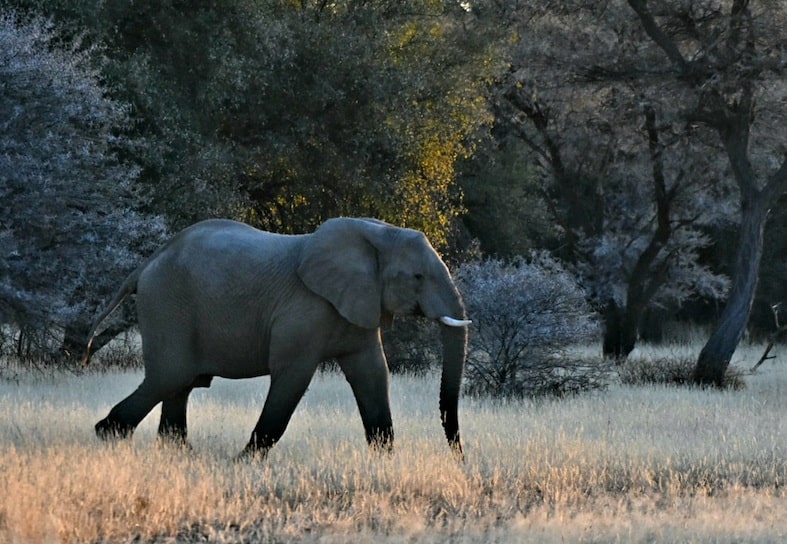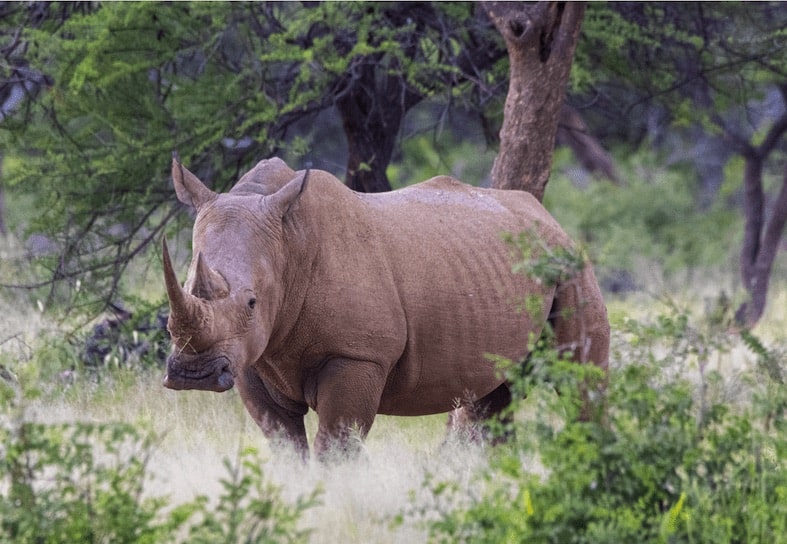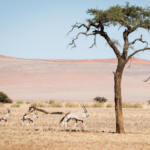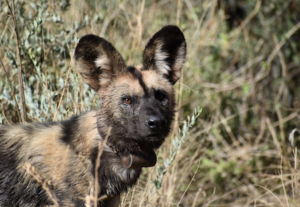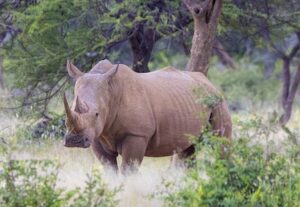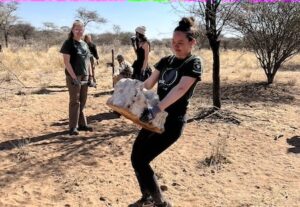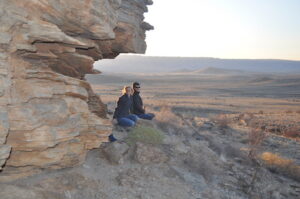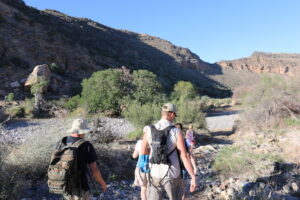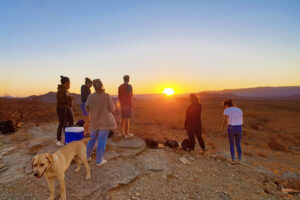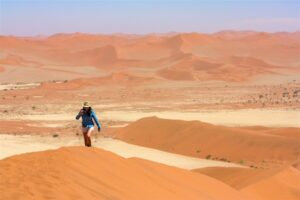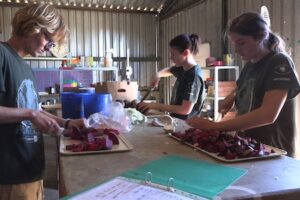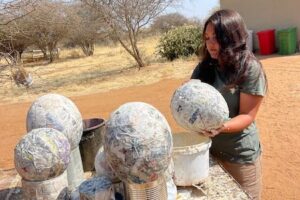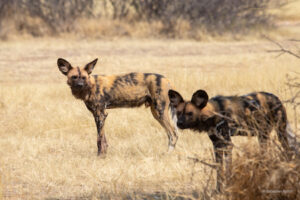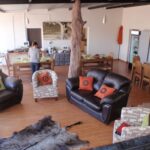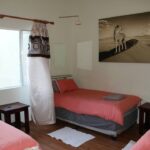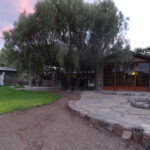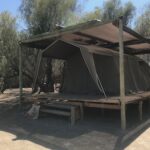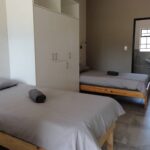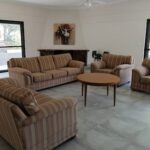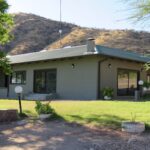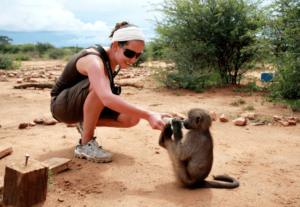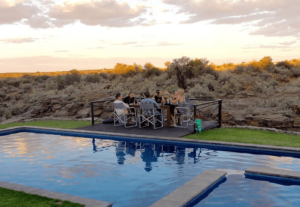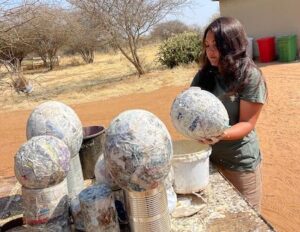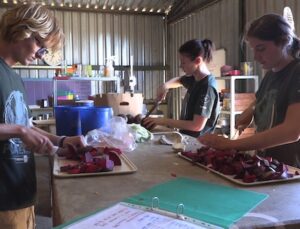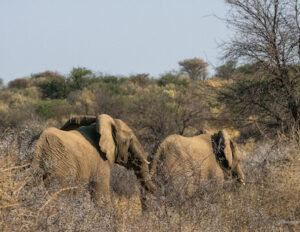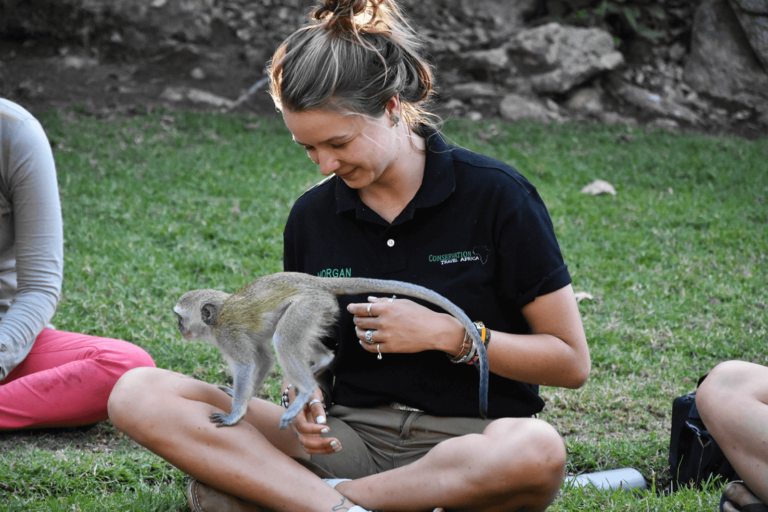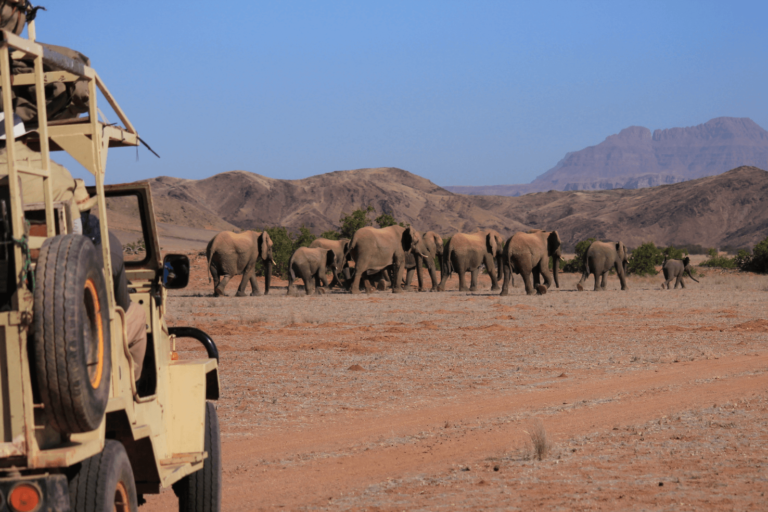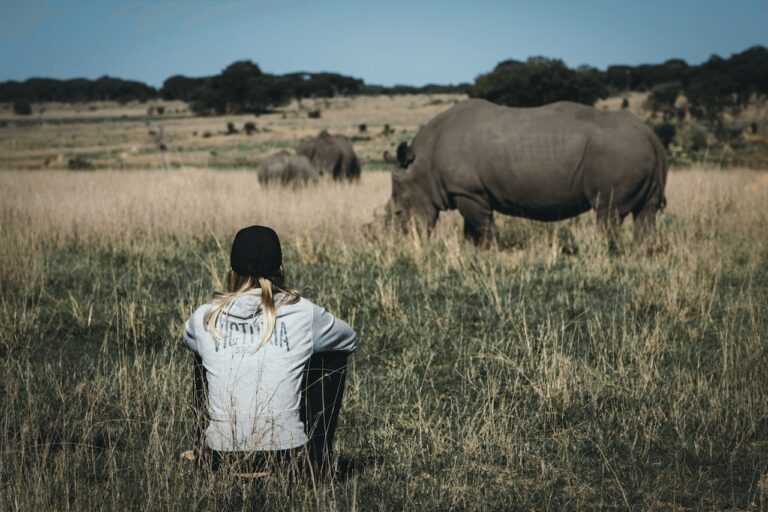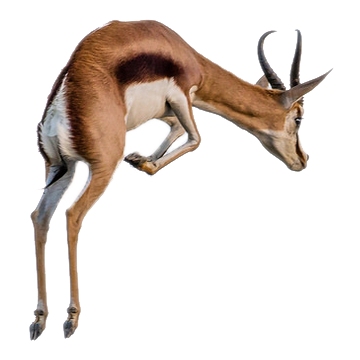Large Carnivore Conservation
NAMIBIA
Namibia
2 - 12 weeks
Flexible
8 -10 people
Age 18+
From $1,630
Namibia
2 - 12 weeks
Flexible
Flexible
Max 10 people
Max 10
Age 18+
From $1,630
What's the project about?
The human-wildlife conflict is one of the biggest threats to Namibia’s wildlife. The purpose of the research activity is to develop a greater understanding of the wildlife that regularly comes into conflict with humans, focusing in particular on cheetahs, lions and hyenas. The project also focuses on monitoring focus species which have been rewilded from conflict situations.
Namibia is home to 25% of the world’s wild cheetah population. The country’s unique desert regions are also home to brown and spotted hyena. The carnivore conservation project has two dedicated research sites, focused on monitoring desert-adapted mammals and other large endangered species. The project is ideal for adventurous volunteers who want to experience true desert wilderness and contribute to the studies of Namibia’s wild animals.
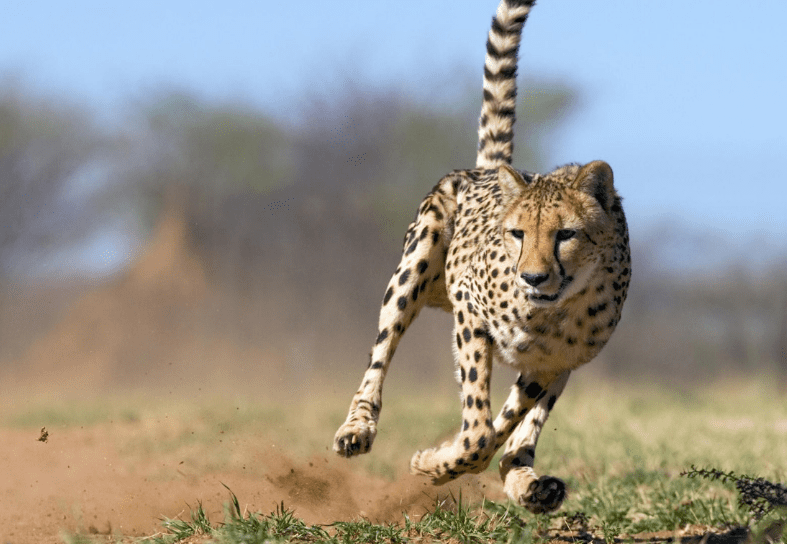
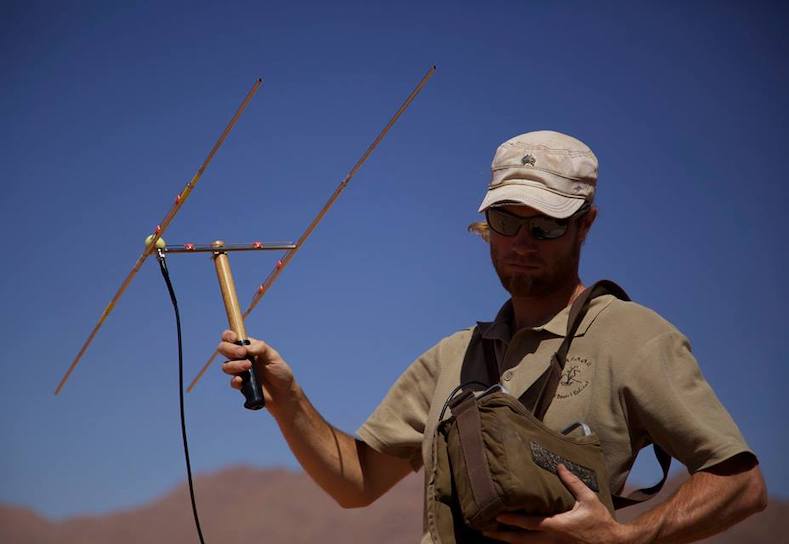
How will I be contributing?
Carnivore conservation volunteers assist research staff in the monitoring and tracking of the large carnivore and other mammal populations in the area. The Desert Retreat site is dedicated to studies of wild hyenas, plus land rehabilitation and studies of the local desert ecosystems. The Omaruru site is home to rewilded focus species such as lions, elephants, rhinos and African wild dogs. Volunteers at both sites will monitor animal behaviour, learn to track big game in diverse environments, conduct game counts, collect data and experience life in the wild!
What makes this project ethical?
These are two truly worthwhile wildlife research projects in Namibia. Volunteers can be sure they are supporting the responsible conservation of Africa’s big cats and endangered wildlife. You will contribute to long-term wildlife management programmes through the wildlife monitoring and game counts. Both research sites are dedicated to land rehabilitation and responsible land use, where possible removing game fences to allow free movement of animals, including oryx, springbok, ostrich and bat-eared fox.
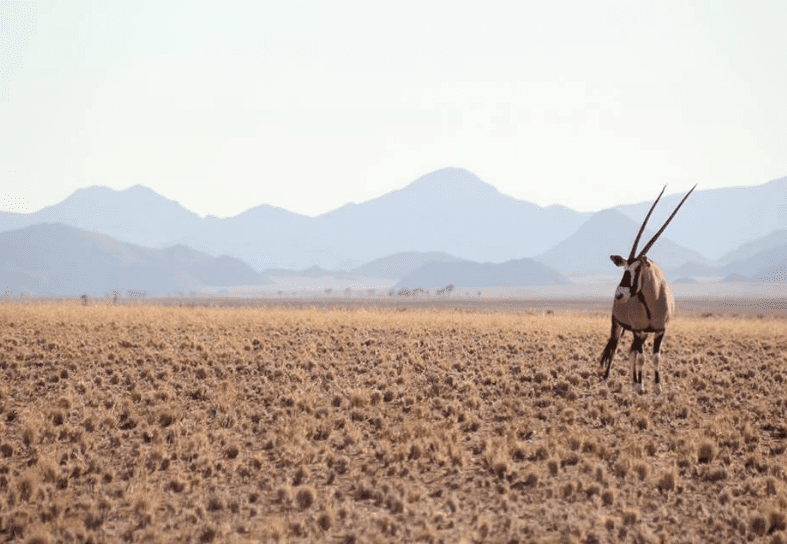
Project showreel
Project gallery
Project information
This is a 33,000 hectare habitat in the Namib Desert, with endless red dunes and spectacular night skies. The area has been transformed into a wildlife reserve, with no internal fences. It is a haven for a variety of desert-adapted wildlife and the ideal environment to perform research and observations of wild carnivores.
The project site and neighbouring farm comprise an area of 352 square km of stunning desert scenery; with a mix of red sand dunes, vast grass plains and ancient camel thorn trees. The site borders the Namib Naukluft Park and is an important link for huge-scale wildlife conservation.
The main flagship carnivore species in the area are brown and spotted hyena, cheetah, leopard and a range of other desert-adapted species. It is text-book Namibia, with picture-perfect scenery and spectacular sunsets.
Activities at this research site include:
Environmental mapping
The basis of any professional management of a conservation area is an accurate map. These are used to evaluate plant and animal population data and guide wildlife management decisions.
- Use a GPS unit to monitor wildlife observations, habitat features and fixed points such as roads, waterpoints and fences.
- Learn about desert-adapted flora and fauna and identify the tracks and signs of local wildlife;
- Mapping means spending time in this fantastic environment exploring on foot and encountering different species of wildlife.
Carnivore Monitoring
GPS satellite tracking is the best way to track how wildlife utilise the reserve and how they interact, especially for species such as brown hyena.
- Identify areas of regular carnivore activity (dens, riverbeds, tree markings etc);
- Place, check and analyse camera traps;
- Follow the satellite information from study animals and produce reports;
Radio Telemetry Tracking
GPS trackers give good information on day to day movements and interactions, but does not tell researchers about their breeding, prey selection or animal health. You will go into the field to track collared animals and make visual assessments.
- Learn to track animals using telemetry
- Track collared animals by vehicle and on foot
- Collect meaningful information through observation of behaviour, feeding and social interactions
Game Counts
The area is home to large herds of desert-adapted oryx (gemsbok) and springbok, but also lesser-known species such as klipspringer and Greater Kudu.
- Participate in regular all-species game counts to assist environmental assessment
- Learn about the differences between desert-adapted animals and their forest and plains relations
- Understand how wildlife use the semi-arid desert on a seasonal basis and what impact that usage has on predator numbers.
Trail Cameras
Volunteers will get involved in the placement and setting of 24/7 motion-triggered trail cameras. These capture information on all animals which pass before them including birds, reptiles as well as large and small mammals.
- Set trail cameras at key locations (e.g. water points, caves, known marking points etc)
- Maintain cameras and go through images
- Help assess the number of individuals, breeding successes and territories
Maintenance and security
Maintenance activities are critical to the desert ecosystem. Anti-poaching and fence patrols are conducted, and volunteers are also involved in fence removal and other environmental rehabilitation projects.
- Removal of jackal-proof fences
- Repurposing wire to reinstall onto existing fences to prevent vehicles from entering illegally whilst still allowing wildlife to move freely underneath the wires
- Building and installing owl boxes at waterholes.
Other Activities
A must-do activity in the desert is the sun-downer – a chance to enjoy the tranquillity and breathtaking scenery of the Namib, when the sun sets and paints the desert in magnificent technicolour. The prominent Milky Way is another nightly spectacular desert feature.
Volunteers will have sleep-outs in the desert and go on night drives, to observe the desert’s nocturnal wildlife.
Remember: this site is part of a vast open desert environment, where wildlife, although present, is harder to spot.
This research and monitoring project is located in northern Namibia, just south west of Etosha National Park. The reserve is protected territory for conflict lions that would otherwise have been killed. Elephants, rhinos and African wild dogs, all removed from life-threatening conflict situations, have also found a home in this expansive conservation mecca.
The 35,000 hectare reserve is now home to four of Africa’s Big 5 game: elephants, black and white rhinos, leopard and lions (there are no buffalo). There are also populations of cheetahs, African wild dogs and brown hyena. Omaruru has a focus on the relocation and monitoring of conflict animals. The reserve was born out of the need for a conflict-free environment in Namibia, suitable for large animals.
In addition to the above priority species, Omaruru is also home to giraffes, mountain zebra, blue and black wildebeest, kudu, waterbuck, oryx and the Damara dik-dik.
Volunteers are vital in terms of mapping the area, identifying wildlife populations and monitoring focus animals. You will be immersed in the wildlife, discovering the history of each animal and how they ended up at Omaruru Nature Reserve.
You will be involved with ongoing wildlife research efforts and the management of the native and reintroduced animals within the reserve.
ou will gain in-depth know-how into the creation of wildlife reserves, their maintenance and ongoing management. The enormous area and diverse area is home to an inordinate number of carnivore and prey species, birds, trees and plants.
Focus species monitoring / wildlife tracking
Many of the released animals including lions, are fitted with GPS collars. Satellite tracking is vital to understand how wildlife are utilising their new area, and to follow their day to day movements.
- Help researchers identify areas of regular carnivore activity (e.g. dens, riverbeds, trees)
- Follow the satellite information and produce reports
- Learn how to identify tracks and marking from animals, plus how to use GPS tracking equipment.
- Go on game counts and conduct biodiversity studies of all focus species including large carnivores and mammals.
Radio telemetry tracking
Volunteers go into the field to track collared individuals and make assessments.
- Learn to track collared animals using telemetry
- Track collared animals by vehicle and on foot
- Collect useful data through the observation of behaviour, feeding and social interactions
Trail cameras
Volunteers are involved in the placement, setting and monitoring of 24/7 motion-sensitive camera traps. You will place trail cameras at strategic points to establish biodiversity. You will also organise, analyse and catalogue camera trap data. Recent sitings have included aardvark and the elusive African wild cat.
Additionally, volunteers will assist in internal fence removal to assist in environmental rehabilitation and with maintenance and building projects.
Immerse yourself in nature and take in some of Namibia’s most breathtaking scenery! Natural water springs, meandering canyons and a network of river beds make this unique property perfect for adventure-lovers! The area is also home to highly adapted wildlife including wild cheetah, leopard and hyena.
On Adventure Week you will explore the majestic Naukluft Mountain range and hike through a maze of ancient canyons, with a unique underground cave system, fascinating geological formations and natural fountains.
You will live amongst Namibia’s famous red sand dunes, an hour from the iconic Sossusvlei Dunes and 3 hours south of Windhoek.
Adventure week – what you’ll be doing!
- Hiking
- Swimming
- Team building
- Sleep outs
- Animal husbandry
- Wine tasting
- Witnessing outstanding night skies and spectacular sunsets!
Animal husbandry
The site is home to seven cheetahs, brought to the Namibia Wildlife Sanctuary after being involved in human-wildlife conflict. The cheetahs were too habituated to be released, so live in a 7 hectare fenced area. You will assist in their daily feeding, giving you great photographic opportunities!
Hiking
You will hiking every day of the programme, so be prepared to walk a minimum of 5km over uneven terrain. The longest distance will be just over 10km. However, the rewards for your hard work are amazing! You will have the chance to experience breath-taking rock formations and you will also visit two of the most popular tourist attractions in Namibia: Sossusvlei and the Olive Trail.
Sossusvlei
Explore Big Daddy, the Deadvlei and Sesriem Canyon – three of Namibia’s most iconic destinations! Your day at Sossusvlei will also include lunch and a cool-down swim at one of the local lodges.
Sossusvlei is just an hours drive and is a must-see destination while you are in Namibia.
Namib-Naufkluft National Park – hike the Olive Trail
During Adventure Week you will hike the infamous Olive Trail in the Namib-Naukluft National Park, a 10km route through the mountain range. If you are lucky you may see wildlife such as klipspringer, duiker, baboons, jackals and mongeese, and you may even see tracks for leopard and hyena.
After the hike you will have lunch by the natural water springs for an afternoon of relaxing and swimming!
Wine Production
In addition to all the adventure activities, you will also get the opportunity to sample unique wines, grown in the second driest vineyard in the world. You may also get the chance to help with the harvesting, bottling and labelling of the wines before they are sent for distribution.
Wildlife Sanctuary – add-on
The Namibia wildlife sanctuary was established in 2005 to protect and improve the lives of Namibia’s animals, and work towards an Africa where humans and wildlife can thrive together. The 8,000 acre sanctuary and wildlife reserve provides a safe forever home for orphaned and injured animals, with a focus on rescue, rehabilitation and long term care. Residents include leopard, cheetah, African wild dog, primates, antelopes and a variety of other large and small, wild and domestic animals.
Volunteers are critical to the daily care and feeding of animals in rehabilitation or permanent care:
- Assist with daily food collection, preparation and feeding, focusing on herbivores, carnivores and omnivores;
- Clean and maintain enclosures;
- Raise baby and juvenile animals, from bottle feeding (often through the night);
- Accompany baboons on bush walks, encouraging natural behaviours such as foraging, jumping and playing;
- Work with a range of species including zebra, ostrich, owls, raptors and bush babies, plus a range of domestic animals and birds.
Click for more details of the Namibia Wildlife Sanctuary Programme, and see the Rates and Dates tab for combination pricing details.
Desert Retreat
You will stay in a beautifully renovated farmhouse with shared rooms and bathrooms. The house has electricity, but please remember to bring your own South African socket adapters to charge your electrical appliances (large round three pin).
You will take your meals at the house or out in the bush if you are spending the day in the field, but remember to buy snacks and drinks before you leave Windhoek – staff will remind you and take you to the supermarket. Because of the remote location, some fresh produce will only be available on a seasonal basis. Vegetarians and those with dietary requirements can be accommodated with advance notice.
There is no cell phone signal in the area and the internet is for emergency use only, so it is time to get back to basics and enjoy being surrounded by nature.
There is a maximum of 12 volunteers on this project which means you are guaranteed a small group experience with lots of hands-on opportunities.
Omaruru
The volunteer area at Omaruru is set in a breathtaking location, with a spectacular view and everything you need for a well-earned rest. Volunteers stay in a renovated farmhouse with shared rooms and bathrooms. A laundry service is available on selected days. The house can accommodate seven volunteers in two large rooms, and there are three campsites with tented accommodation for busier times. There is a maximum of 12 volunteers at any one time. There is an option to upgrade to luxury chalets (maximum of two people per chalet), depending on availability.
There is limited cell phone reception in the area and no WiFi is available.
Volunteers receive three home cooked meals per day. A standard breakfast of cereal, fruit and toast; lunch could be sandwiches, burgers, quiche or salad and will either be served at the house, or will be a packed lunch in the field; and dinner is a hot meal of meat and vegetables, with pasta, rice, potato or salad. Vegetarians and vegans can be catered for but due to the remote nature of the project, some produce is only available seasonally. There is a small farm shop which sells drinks, alcohol and snacks which you can purchase with cash (SA Rand or N Dollars).
Adventure Week
You will stay in a tented camp across from one of the natural springs. Tents are shared between two people (same sex sharing) with shared bathrooms. The main area has a swimming pool and braai (bbq) area. It is an intimate and homely camp in a stunning location.
Volunteers will receive three meals a day, and one night a week will be a traditional Namibian braai and a volunteer favourite – brick oven pizza night! Vegetarians and those with dietary requirements can be accommodated – please just let us know on your booking form!
Its time to get away from it all – there is no internet except for emergencies, and the area has absolutely NO cell phone coverage. There is a landline which can be used for emergency calls.
“I was also really pleasantly surprised by the food. I’m a vegetarian and brought jars of peanut butter and dozens of protein bars assuming I wouldn’t have much to eat. To my surprise, they had vegetarian meat at many dinners. I never went hungry.”
When can I volunteer?
Transfers to the research sites are on a Saturday, so please arrive into Namibia on the Friday. Return flights should be booked for the day after your project finishes, as the transfer time back to Windhoek is between 4-7 hours. Accommodation at the Namibia Wildlife Sanctuary on the night before and night after is included in the project price.
Current project pricing – Desert Retreat and Omaruru:
2 weeks (16 nights): $1,630 8 weeks (58 nights): $5,805
3 weeks (23 nights): $2,355 9 weeks (65 nights): $6,430
4 weeks (30 nights): $3,080 10 weeks (72 nights): $7,030
5 weeks (37 nights): $3,830 11 weeks (79 nights): $7,580
6 weeks (44 nights): $4,555 12 weeks (86 nights): $8,130
7 weeks (51 nights): $5,180
Current Adventure Week pricing: $725 per week
All prices are in USD.
If you would like to combine two research sites, you will need to stay for a minimum of 3 weeks and include 1 week at the Namibia Wildlife Sanctuary.
If you would like to experience three research sites, you will need to stay for a minimum of 4 weeks and include 1 week at the Namibia Wildlife Sanctuary.
What’s included in the cost?
- Project contribution: this goes directly to our project partner, and provides funding to ensure the programme can continue to meet its goals. For this project it will cover things like staff costs, equipment purchases, maintenance of buildings, equipment and vehicles, veterinary fees, animal feed, fencing etc;
- Accommodation and three meals per day;
- Return airport transfers;
- One night accommodation before the programme and one night after at the Namibia Wildlife Sanctuary (subject to availability);
- Mandatory uniform – 1 t-shirt and 1 pair of zip-off trousers;
- Comprehensive orientation and supervision;
- Practical instruction by experienced staff members;
- Equipment and materials required to do your work.
What’s not included?
- Flights or travel to Windhoek, Namibia;
- Visa fees (if applicable)
- Travel insurance (compulsory);
- Personal expenses such as souvenirs, drinks from the bar, snacks
- Additional mandatory uniform for daily activities (see FAQ tab for details)
- Additional excursions.
View our booking terms and conditions.
Namibia volunteer packages
We highly recommend combining your carnivore research programme with time at the Namibia Wildlife Sanctuary, where you will get to experience working with a diverse range of small and large animals.
Combination project pricing 2023:
1 week Carnivore Conservation / 1 week Sanctuary: $1,345
2 weeks Carnivore Conservation / 1 week Sanctuary: $2,075
1 week Carnivore Conservation / 2 weeks Sanctuary: $1,975
2 weeks Carnivore Conservation / 2 weeks Sanctuary: $2,700 – HIGHLY RECOMMENDED!
Longer durations are available, please enquire for pricing.
Click for more details of the Namibia Wildlife Sanctuary Programme.
Who should volunteer at the Carnivore Research Programs?
Please take a note of the fitness levels below. Additionally, the programme is a wonderful experience for volunteers of all ages, where you can experience Africa is a safe environment, work hard and see the impact that your contribution is having. Volunteers come from all backgrounds and nationalities – bring an open mind and a willingness to participate in all activities, in a variety of weather conditions!
You should be able to communicate reasonably well in spoken English.
What level of fitness is required?
Adventure Week – volunteers should be able and prepared to walk between 5-10km daily, over different terrain.
Desert Research – a moderate level of fitness will make your time more comfortable, but there is less hiking on this project.
Omaruru – a moderate level of fitness will make your time more comfortable. There is no hiking on this project.
Volunteers should be prepared to work in a variety of weather conditions, including cold winters, short rain showers and hot summers. Please check the prevailing weather conditions before you travel.
How old do I need to be to be a Carnivore Research volunteer?
The minimum age on the project is 18 years. There are no upper age restrictions, subject to the fitness levels detailed above. Volunteers aged 12-17 may join if accompanied by a parent or suitable adult volunteer. There are no upper age restrictions, but you must be fit enough for outdoor activities and hiking (if applicable).
How many other volunteers will there be?
Desert Research / Adventure Week: up to 8 volunteers
Omaruru: up to 10 volunteers
Namibia Wildlife Sanctuary – from 20-65 people depending on the season.
When can I arrive?
Transfers to both research bases are early on a Saturday morning, returning late on Saturday afternoons. Volunteers should plan on arriving in Windhoek ideally on a Thursday, but a Friday is also acceptable, and return flights should be booked for Sunday at the earliest, as the project cannot guarantee what time they will be back to Windhoek on the returning Saturday. Prices in the Rates section assume an arrival on the Friday, and departure on a Sunday. Longer stays at the Sanctuary before and after are welcome!
When is the best time to volunteer in Namibia?
Namibia experiences on average around 300 days of sunshine a year, with hot summers and mild winters (with cold nighttime temperatures).
The dry season runs from May – September, where daytime temperatures are a pleasant 18-25 degrees. Night-time temperatures plummet, sometimes falling to below freezing. Pack warm clothes, lots of layers and a sleeping bag!
The summer season from October – April consists of hot days, ranging from 25 to over 40 degrees, and cooler nights. From November to March, Namibia has its ‘rainy’ season, being blessed with sporadic rainfall and spectacular thunderstorms.
How do I keep in touch?
Adventure Week: WiFi is available for a few hours a day, usually over mealtimes. there are a few areas of 3G signal. There is a landline for emergencies.
Desert Research site: WiFi is available for a few hours a day, usually over mealtimes. There is and no cell phone coverage at all. There is a landline for emergencies.
Omaruru: there is cell phone reception in the area and WiFi is available.
Do I get some time off?
During Adventure Week there is the option to take a day trip to Sossusvlei which is highly recommended. The remote locations of the Desert Retreat and Omaruru sites mean opportunities to get off the reserves are limited, but there is so much to do and explore that you will never be bored!
How long can I volunteer in Namibia for?
2-12 weeks, all year round.
What should I wear to volunteer?
Volunteer uniform is mandatory during working hours. You will receive one set of volunteer uniform (T-shirt and zip-off trousers) on arrival. Additional sets can be purchased in the shop. Please bring sturdy closed shoes for all research sites, and hiking boots or hiking shoes if you are visiting the Desert Research site or Adventure Week.
Project uniform policy
All volunteers must wear a project uniform which can be purchased on arrival. This is to ensure that everyone adheres to the dress code and wears clothing that protects them in the bush. The uniform should be worn while participating in activities – your own clothes can be worn in the evenings and during your leisure time.
One t-shirt and pair of trousers (which can be unzipped to make shorts) are included in the project fee. Additional items can be purchased on arrival using cash or card. Uniforms are charged at cost price as follows:
Jacket (optional) – 1 recommended: NAD 570 (around USD 35)
Trousers – 2 recommended: NAD 1,040 (for both) (around USD 65)
T-shirt – 2 recommended: NAD 230 (for both) (around USD 15)
How much spending money should I bring?
We recommend allowing $100 per week to cover personal expenses such as drinks, souvenirs, snacks, tips and internet usage. There are ATM machines at the airport but we suggest bringing a supply of South African Rand from home as the queues at the ATMs can be long! The currency of Namibia is the Namibian Dollar (N$), but the South African Rand (ZAR) is also accepted on a 1 to 1 basis.
Do I need a visa to volunteer in Namibia?
Most nationalities do not require a pre-arranged tourist visa to enter Namibia. It is your responsibility to check your personal visa requirements on the VisaHQ website. If you do need to apply in advance, please let us know and we can send you the relevant details.
What vaccinations do I need?
Please consult your GP or travel clinic for detailed medical advice. All volunteers should make sure their Tetanus is up to date. A rabies vaccination is recommended for the Wildlife Sanctuary but is not compulsory. You must bring your vaccination certificate with you!
Malaria – the sanctuary and carnivore research project sites are regarded as low-risk malaria areas, but please consult your GP for guidance.
Please visit this UK government website for more details.
“Returning the wild to the wild”
The mission of these carnivore conservation research programmes is to conserve the land, culture and wildlife of Namibia, and support keynote species affected by ever-shrinking habitats. The human-wildlife conflict is one of the biggest threats to Namibia’s wildlife, and the project aims to mitigate the conflict through research projects and education of rural landowners.
The overriding principle of all the research activity is to develop a greater understanding of the wildlife that come into conflict with humans, focusing in particular on leopards, lions, cheetahs and hyenas.
The vision of the organisation is to use responsible conservation tourism to support their wildlife projects.
The carnivore conservation sites are release areas for captured and collared big cats. The carnivores are relocated to mitigate conflict situations with farmers, and translocated to new areas where they can thrive in peace.
The project is also dedicated to responsible land use, allowing animals to move freely within private areas and removing game fences to allow uninhibited movement of animals including oryx, springbok, ostrich, bat-eared foxes and other desert-adapted animals.
The work conducted at these two sites is used for long-term human-wildlife conflict mitigation – to find a balance between the needs of the human inhabitants and its spectacular wildlife.
Human-Carnivore Conflict Research
Namibia is one of the few African countries which is home to six species of free-roaming large carnivore – lion, leopard, cheetah, African wild dog, spotted and brown hyena. The aim of the research is to keep wildlife safely in the wild, through conflict mitigation strategies with some of the 3,500 commercial farmers and landowners.
Through a better understanding of Namibia’s carnivores, tolerance levels can be increased and persecution levels reduced.
Volunteer reviews
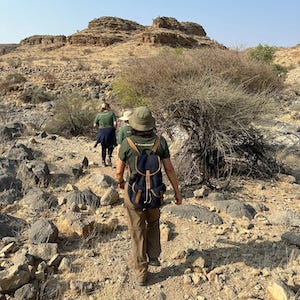
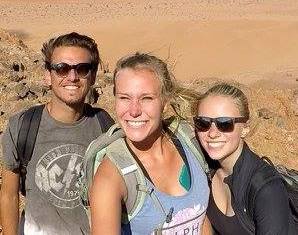
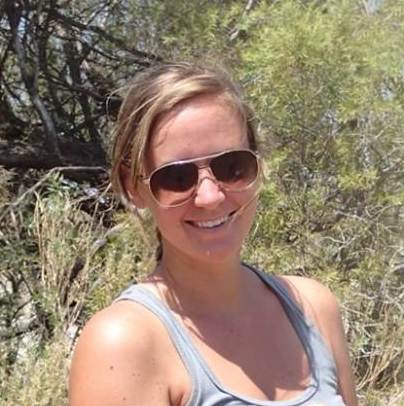
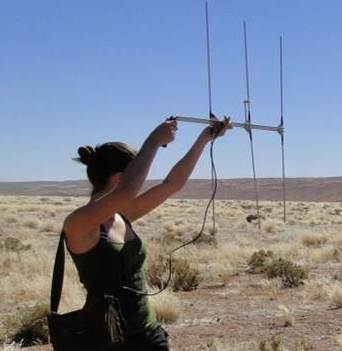
Other projects you might be interested in
Support conservation work to protect endangered species in South Africa. Monitor priority species including lion, leopard, cheetah, rhino and wild dog.
From $1,625
2 - 12 weeks
Volunteer at Zimbabwe’s only dedicated primate rehabilitation centre. Gain animal care experience and assist in wildlife rehabilitation and release.
From $875
1 - 12 weeks
Participate in delivering solutions to the human-elephant conflict in Namibia. Monitor populations of the rare desert elephant and support rural communities.
From £950
2 - 12 weeks
Join a unique conservation programme, dedicated to the protection of the black rhino. Play a vital role in securing the future of these iconic animals.

